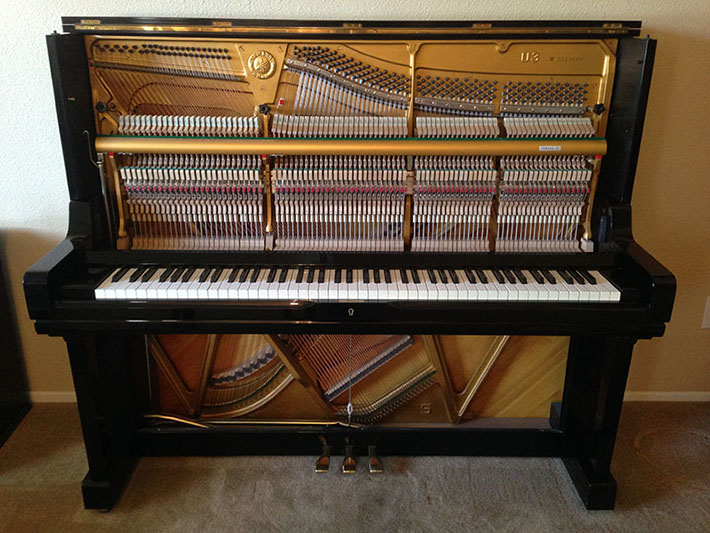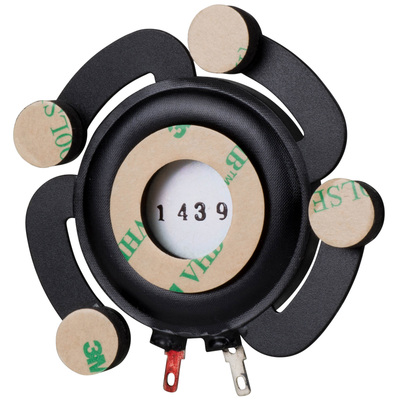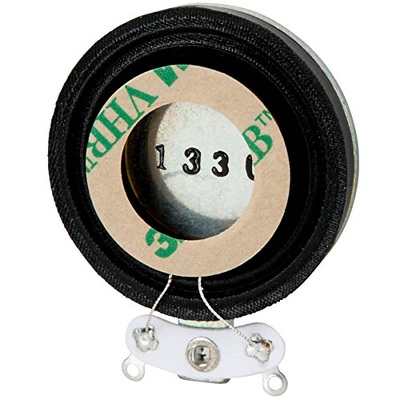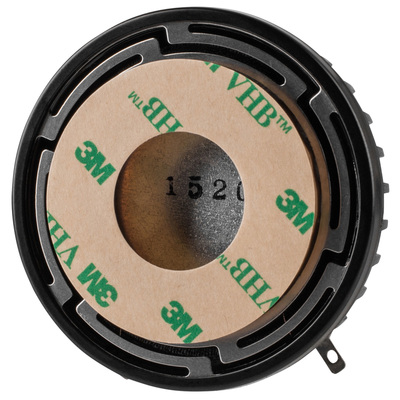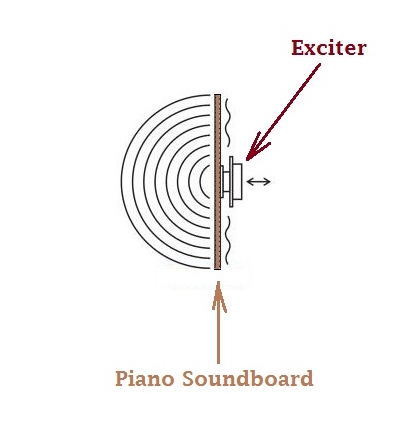Piano Verb! Weeee!Oh Yes Indeedly! Hiding in most churches, is one of the coolest analog reverb processors you can find. It's called a piano. That's right. With just a little bit of hardware, you can add a very unique sounding reverb to your arsenal of effects when mixing. How Does It Work? By sending audio to the piano with the sustain pedal pressed, the strings will sympathetically ring according to each note played via vibrational coupling from the track you send to it. This is accomplished by using a device called an exciter. Say what? What Is An Exciter? In layman's terms, an exciter is basically the motor of a speaker that is attachable to most surfaces. When music is played through it, it turns that surface into a speaker. It's hard to imagine that something like this could even work, but I assure you, they actually work really well! Let's Get Started! What You'll Need:
How To Do It
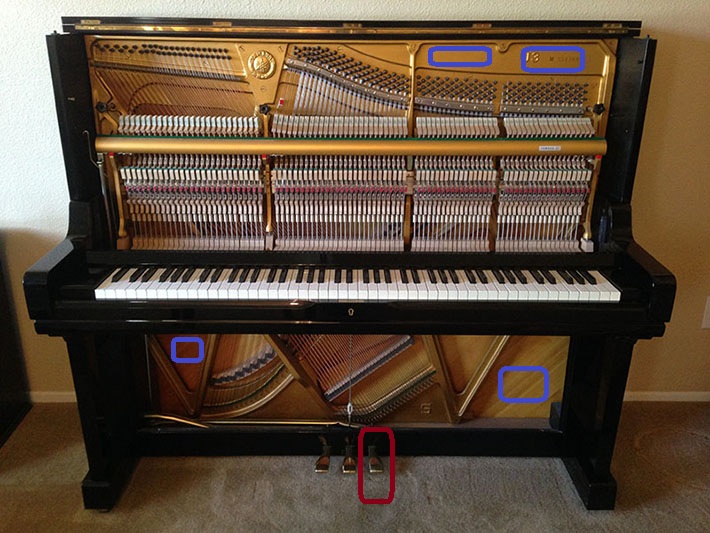 The rectangles in blue show you possible places where you can stick an exciter. You can also try placing the exciters on the back of an upright upright piano was well. Experimentation is the name of the game here. You'll want to place the exciters where the strings ring the most when music is played through them. Place a brick, or a heavy microphone base gently on the sustain pedal (marked in red) so that the strings will vibrate freely. Important Concepts
0 Comments
Your comment will be posted after it is approved.
Leave a Reply. |
Do you like vintage recording gear and articles? You should visit our sister site: The Vintage Audio Portal!
**Advertise With Us! We have thousands of visitors a day. Contact us here to learn more.
Archives
August 2021
Categories |
